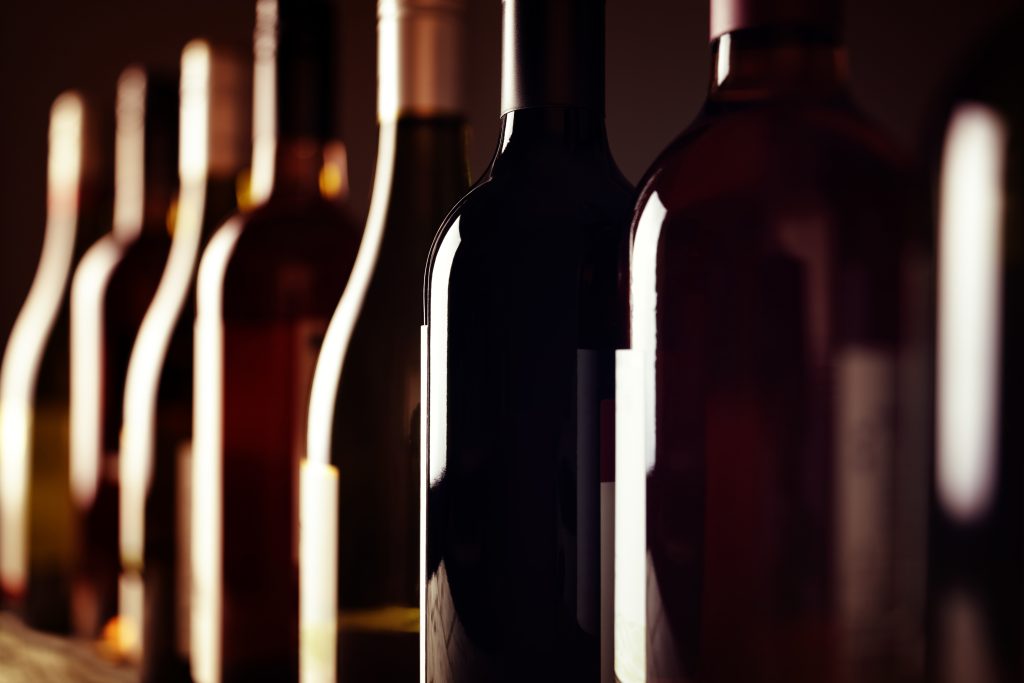Bleak outlook for 2024 as fine wine buyers narrow their focus
By Richard WoodardThe fine wine market is facing up to a bleak 2024, with no indication yet that prices have bottomed out and buyers increasingly focusing on safe bets such as mature Bordeaux, according to the latest report from Liv-ex.

The exchange’s annual assessment of market trends, The Fine Wine Market 2023, points out that all of its major indices – the Fine Wine 50, Fine Wine 100, Bordeaux 500 and Fine Wine 1000 – are down by double digits in the year to date, prompting Liv-ex to describe 2023 as “challenging”.
The declines come against a troubled macroeconomic backdrop, with many of the world’s major economies struggling in the face of the lingering impact of the Covid-19 pandemic, the Russian invasion of Ukraine and the conflict in Israel and Palestine. Meanwhile, growth forecasts for China have been downgraded as the country’s crucial real estate sector struggles.
“All this means consumers have less money than they did two years ago, everything (including borrowing) costs more, and most indicators point towards very slow recovery, the full impact of which is likely to be seen in 2024,” the report says.
Liv-ex describes a “flight to quality” in terms of trading, noting that there are likely to be fewer individual wines (LWIN11s in Liv-ex terminology) traded this year – the first such decline in a decade.
“Collectors are narrowing their focus to the most established brands in the market, the ones most likely to hold their value,” the report says. “The reduction in the number of individual wines trading on the exchange is a continuation of that trend, highlighting the fact that, even inside brands, buyers are shifting their attention to the highest-quality vintages, particularly those now in their drinking windows.”
This “flight to quality” has particularly benefitted Bordeaux, which this year has seen its share of trade rise for the first time in a decade. Liv-ex highlights the region’s credentials as “the safest, best-known market that many collectors default to in terms of turmoil”.
Bordeaux’s relative recovery has impacted all other regions, with Burgundy the worst-affected – its share of trade has slumped from 31.2% in 2022 to 24% this year as cautious buyers are no longer willing to pay sky-high prices, particularly for newer, less well-established brands.
Partner Content
However, Italy – or rather Piedmont – has displayed some resilience. The Italy 100 index was the best performer of all the Liv-ex Fine Wine 1000 sub-indices this year, falling by only 6.4% thanks to the relative strength of Piemontese wines, which are offsetting less positive trends for Super Tuscans.
The market may have narrowed somewhat over the past 12 months, but fine wine remains a broader and more diverse landscape than it was even a few years ago. Liv-ex’s list of most-traded wines by value this year is headed by Champagne – Louis Roederer, Cristal 2015 and Dom Pérignon 2013 – and also features Opus One 2019, Screaming Eagle 2020 and Sassicaia 2019.
But the overall picture is one of retrenchment and caution. “In upward-trending markets, there is room for exploration and experimentation,” says the Liv-ex report. “In the fine wine market, this translated to a broadening of the secondary market, which extended both to previously overlooked regions and to lesser-known producers among already popular ones.
“The current downturn has come with a shift to safe havens in the market, older Bordeaux vintages being an example. Even inside specific regions, this flight to quality is discernible as collectors focus on established brands and the highest-quality vintages.”
Warning that “2024 looks bleaker than 2023”, Liv-ex highlights the “daunting” prospect of soon-to-be-released large (and also high-quality) vintages from regions including Burgundy, Tuscany, California, Bordeaux and Champagne – making the role of primeur campaigns and wine pricing more crucial than ever.
“We’ve reached the usual impasse typical of bear markets – buyers won’t buy wines at their current market price [and] sellers are reticent of lowering their prices and taking on losses,” the report concludes.
“Meanwhile, stock is accumulating in warehouses and cellars, and there is more on the way. Until the macroeconomic context improves and interest rates come down, a compromise must be reached between the two sides of the market; the ongoing price correction has thus far not been enough to coax buyers back in large numbers. Prices look set to remain under pressure in the short term.”
Related news
The winemaking nations hit hardest by Trump tariffs
Hospices de Nuits-Saint-Georges auction: bucking the trend
‘Liberation Day’ or liquor lockdown? Trump’s tariffs rattle the wine & spirits world




